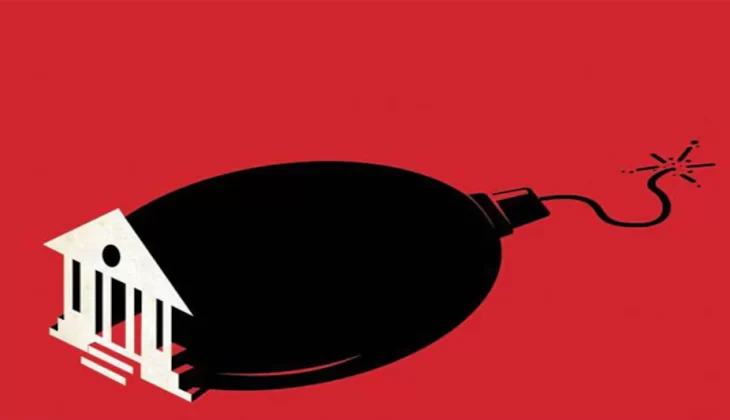A shadow bank is a bank that invests short-term money to make long-term investments. Unlike traditional banks, shadow banks have no reserve funds to guarantee their investments and lack regulatory oversight. The recent global financial crisis made it difficult for many shadow banks to repay their investors. While these banks are not necessarily illegal, there are several risks that they should be aware of before investing your money.
The first is contingent liquidity risk, which is not well measured. While the effects of this risk are favourable during normal times, they can also have negative effects during times of distress. To avoid such risks, shadow banks should focus on asset liquidity when developing their funding model. As such, it is important to ensure that the balance between asset and credit liquidity is maintained.
While the risk of a cannibalization channel is low, it does have a downside: banks do not want to increase their upstream lending to shadow banks. This will hurt their profits in downstream mortgage lending. By limiting upstream lending to shadow banks, they will be able to internalize more of their costs in the downstream mortgage market.
The FSB has two approaches to measuring SB risk. One is to use a catch-all category called MUNFI. This includes all non-bank financial institutions, including insurance and pension funds. Another approach is to use a specific type of economic function to measure the risk of shadow banking. Using this measure, the FSB will be able to identify which activities are systemic in nature.
There are concerns about homegrown shadow banks, as well as cross-border shadow banking. But the first survey by the FSB found that homegrown shadow banking activities are not systemically important in most jurisdictions. However, these companies have been expanding their reach and their credit intermediation role across borders. Therefore, the true risks and consequences of shadow banking remain unclear.
The SB sector was especially vulnerable to the 2008 global financial crisis because many of its entities financed risky assets with short-term loans. As a result, the breakdown of the credit market forced many of the SBs to sell their long-term holdings at fire-sale prices. However, some studies claim that SBs were not fully responsible for the subprime mortgage crisis. However, they could play an important role in future liquidity crises. While the SB system provides commercial banks with increased loanable funds, the SB system also assumes some of the risks associated with loan origination.
To better regulate the shadow banking sector, Congress must pass legislation that strengthens the FSOC’s rulemaking powers. First, FSOC should reform its designation tool. With this, all nonbank financial companies would be automatically classified as systemically important, triggering enhanced safeguards. The trigger would be based on FSOC Stage 1 thresholds, with minor additions. Moreover, automatic designation would eliminate the need for court decisions.
